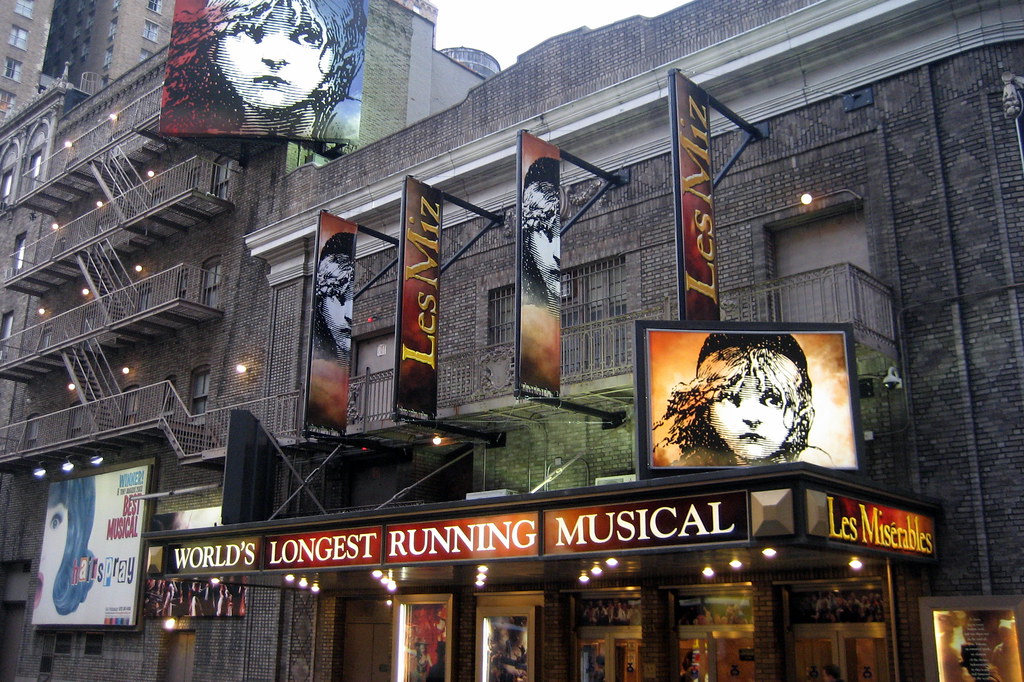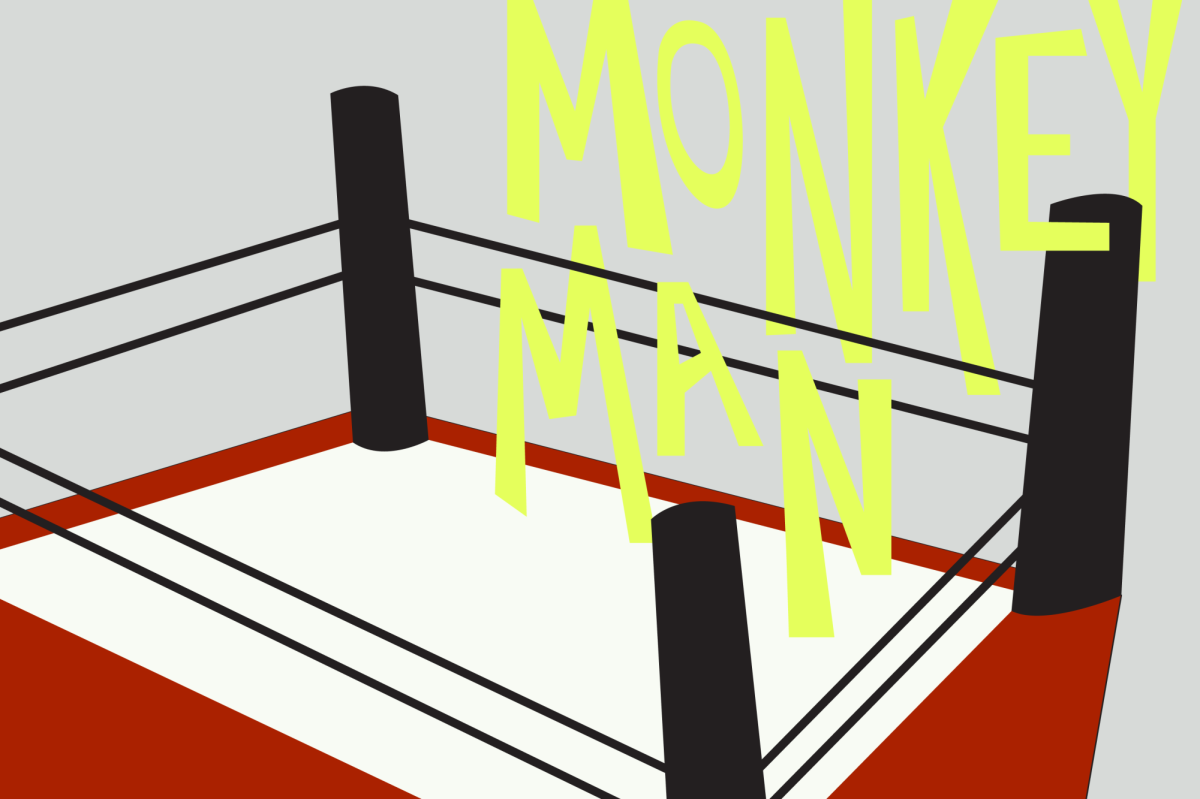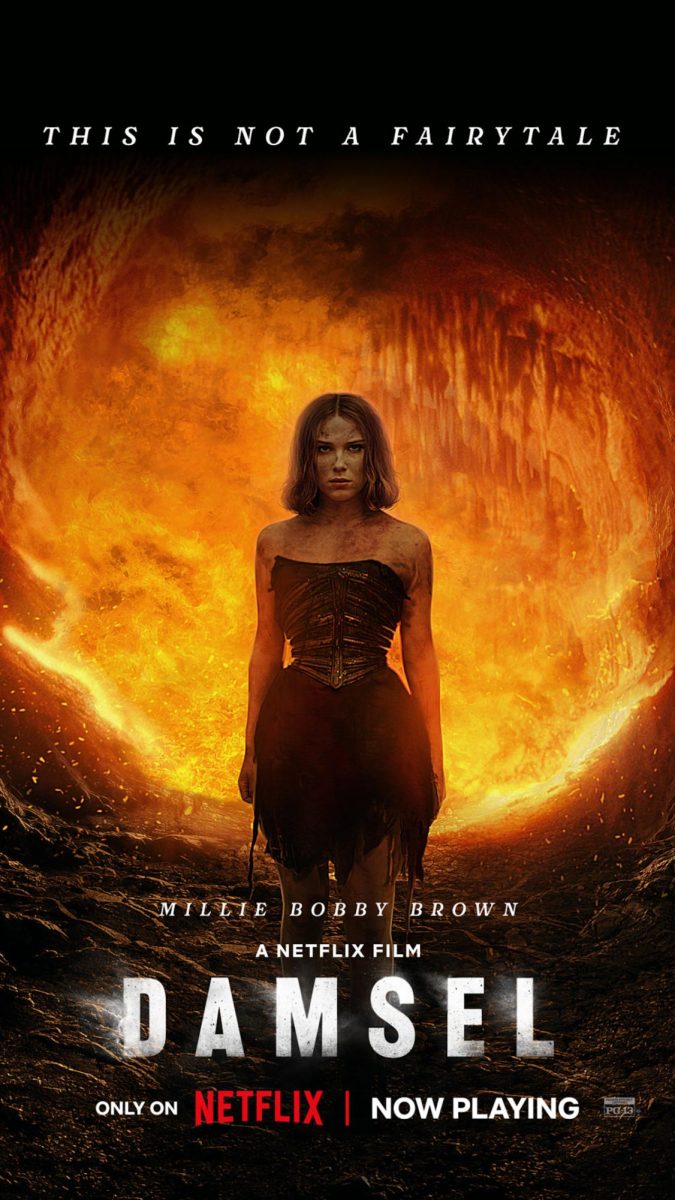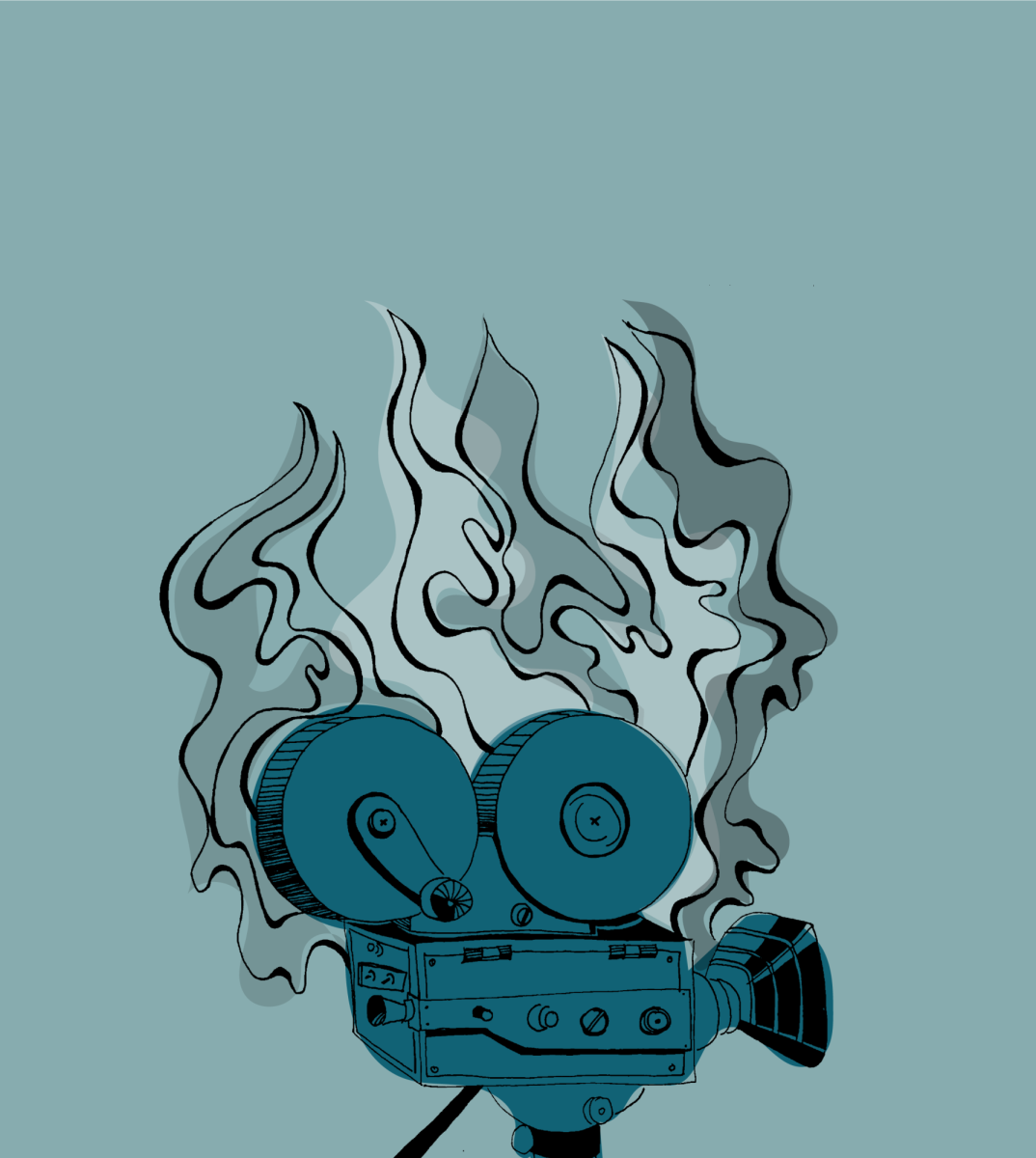[vc_row][vc_column][vc_column_text]
In my mind, the biggest indicators of pop culture’s effect on cinema are movies based on books. The alterations producers make demonstrate what they perceive as belonging to popular culture. With the books serving as touchstones, the differences between plot elements indicate exactly how film adaptors thought they could better market their movie to a wider audience. Although this effect isn’t always as pronounced, no director aims to make a movie no one watches, and, therefore, every film of this genre bears the telltale signs of pop culture.
Two famous books turned into movies are “The Cat in the Hat” and “How The Grinch Stole Christmas.” Only about 60 pages each, these two Dr. Seuss books made full–length feature films. This shows what pop culture does with the flexibility of a short storyline. Both movies star famous comedy actors — Mike Myers and Jim Carrey, respectively — and generally pervert the children’s books they’re based on.
These films feature a surprising range of sexual innuendo, crude humor and mature content. For example, the Cat spells the word “shit’” and ogles a foldout picture of Conrad and Sally’s mother while his hat grows erect. The Grinch holds a mistletoe above his butt and says “Pucker up and kiss it, Whoville” and burns down a Christmas tree with a liquor-infused flame thrower. This departure from the originally more wholesome content of the books indicates the sexual and cruder side of pop culture’s effect on cinema. Despite this, the morals of giving and taking responsibility for your actions remain more or less intact.
A more recently released film based on a book that has a marked departure from its original storyline is “The Giver.” This Newbery Medal-winning dystopian novel details the transformation of a boy raised in a culture of institutionalized sameness and indifference as he discovers love, pain, color, individuality and death.
In the book, memories of physical and emotional trauma are transferred to Jonas, the main character, and although this happens to some extent in the movie, it is replaced by a deviation from the book in which the protagonist is pursued by policemen and battle helicopters. This variation is significant in the sense that the limited violence in the book, which is used as a precautionary example of the harm humans can cause, is replaced by a chase scene. This imbues the movie with a sensationalist spin.
The film adaptation of “The Giver” also has an element of romance that was nonexistent in the book. But I think the largest distinction between the book and the movie is the respective endings. The novel’s ending is vague and widely open to interpretation, whereas the film wraps everything up into a perfectly happy ending. The changes made to the storyline suggest that pop culture influences cinema to add love interests, chase scenes and happy endings if otherwise not included.
Although this is by no means a comprehensive analysis of the effects of pop culture on cinema, trends suggested by these examples are apparent in many movies. As a final example, consider the hit television series “Game of Thrones.” Although some diehard fans may disagree, the series has few major deviations from the book series’ storyline. What makes this series different? It is a film producer’s sensationalist wet dream, already brimming with all the sex, violence and crudeness our pop culture could aspire to, if not the happy endings.
[email protected]
@ChronyArts[/vc_column_text][/vc_column][/vc_row]















